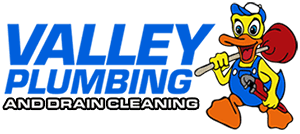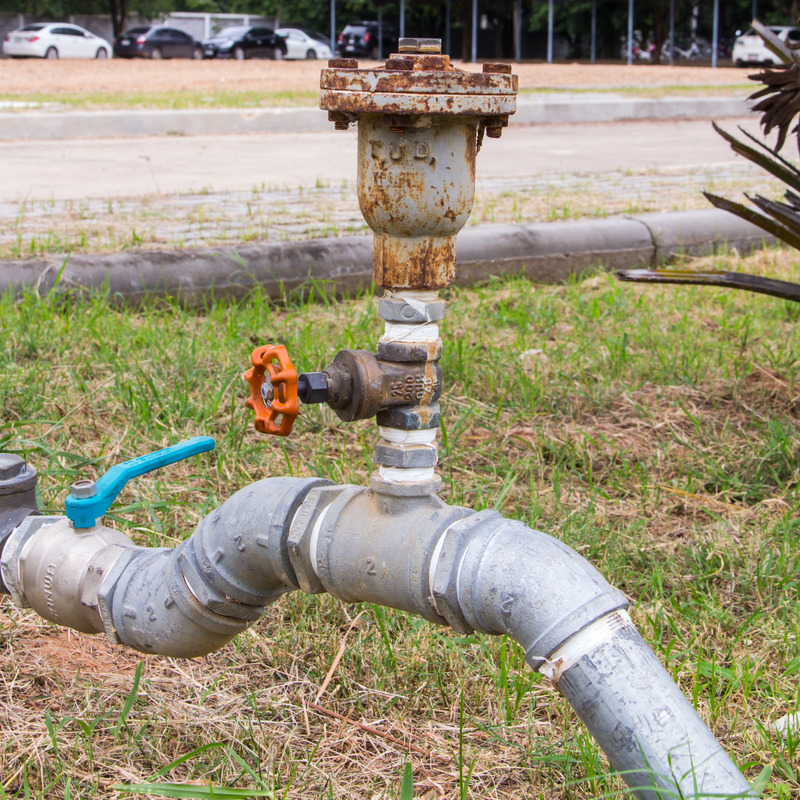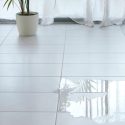Water heaters are essential for day-to-day comfort, especially during the colder months in Salt Lake City. From hot showers to washing dishes, your water heater works tirelessly to meet your home’s plumbing needs. However, water heaters can experience problems over time like any other appliance. Water heater issues in Salt Lake City, UT, are common, but ignoring them can lead to significant inconvenience and costly repairs. At Valley Plumbing and Drain Cleaning, we understand the importance of prompt repairs, and in this article, we’ll explain why Salt Lake City residents should never ignore urgent water heater repair in Salt Lake City.
1. Preventing Costly Water Damage
One of the most important reasons not to ignore water heater issues is to prevent water damage. A malfunctioning water heater can leak, leading to puddles of water on your floors, ceilings, or walls. If not addressed immediately, this can result in extensive damage to your home, including mold growth, rotting wood, and weakening of the structural integrity of your home.
By taking care of urgent water heater repair in Salt Lake City early, you can avoid water leakage and the resulting damage. Ignoring minor issues like drips or leaks may seem insignificant at first, but they can escalate into major problems quickly.
2. Avoiding Complete Water Heater Failure
Water heaters are built to last, but they require regular maintenance and prompt repairs to continue working effectively. Water heater issues in Salt Lake City, UT, such as inconsistent water temperatures, strange noises, or a lack of hot water, are warning signs that your water heater may be failing. If you ignore these issues for too long, your water heater may completely break down, leaving you without hot water.
An unexpected water heater failure can cause major disruptions in your daily life, and repairing or replacing a water heater at this stage is typically much more expensive than addressing small issues early on. By scheduling urgent water heater repair in Salt Lake City, you can extend the life of your water heater and avoid sudden breakdowns.
3. Increased Energy Bills
When your water heater isn’t functioning properly, it has to work harder to heat water. This can lead to an increase in your energy bills as the system struggles to maintain the proper temperature. Issues like sediment buildup in the tank, a faulty thermostat, or a failing heating element can cause your water heater to use more energy than necessary.
Ignoring water heater issues in Salt Lake City, UT, not only costs you more in repairs but can also result in higher utility costs. Regular maintenance and timely repairs can help your water heater operate at optimal efficiency, saving you money on your monthly energy bills.
4. Ensuring Safety for Your Home
Water heaters, especially gas models, pose potential safety risks if not properly maintained. A gas water heater that isn’t working correctly could lead to gas leaks, which is a fire hazard. Additionally, an old or poorly maintained water heater can become a pressure bomb, which could lead to dangerous explosions if the system fails.
Taking action with urgent water heater repair in Salt Lake City ensures that your water heater is functioning safely and properly. Professional plumbers will check the gas lines, pressure levels, and other safety components, reducing the risk of dangerous accidents in your home.
5. Preserving Comfort and Convenience
Hot water is a luxury that most people don’t think about until it’s gone. If you’ve ever experienced a cold shower or had to wash dishes with cold water, you understand how uncomfortable and inconvenient it can be. Water heater issues in Salt Lake City, UT, are often more noticeable during the winter months, when temperatures drop, and having reliable hot water becomes even more important.
By addressing water heater issues early and scheduling urgent water heater repair in Salt Lake City, you ensure that your home stays comfortable year-round. Timely repairs guarantee that your system continues to provide reliable, consistent hot water for all your needs.
Ignoring water heater issues in Salt Lake City, UT, can lead to more serious problems that affect your home’s comfort, safety, and wallet. Whether it’s preventing water damage, avoiding a complete system failure, lowering energy bills, or ensuring safety, addressing water heater issues early is crucial. Don’t wait until it’s too late—if you’re experiencing any issues with your water heater, contact Valley Plumbing and Drain Cleaning for urgent water heater repair in Salt Lake City.
Our team of professionals is ready to diagnose and repair any problems with your water heater, ensuring your home stays comfortable and efficient. Contact us today to schedule your water heater repair or for more information about our services.






